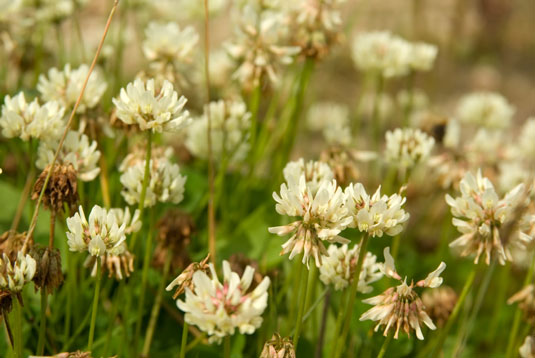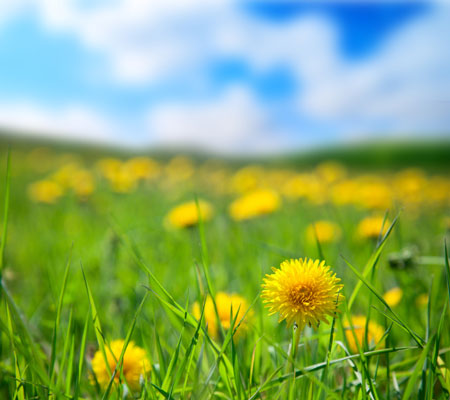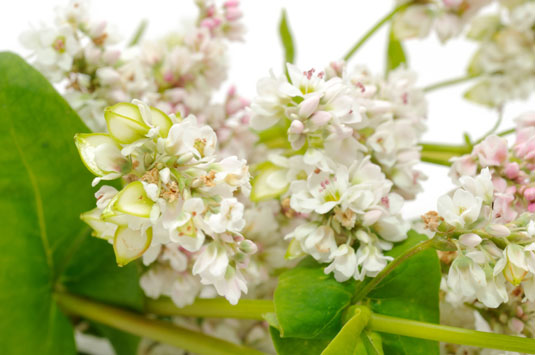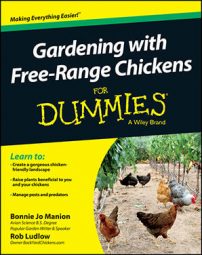When you are free-ranging chickens, you need to choose functional plants that offer benefits to your chickens and your garden's soil. Specific types of plants return valuable nutrients back into the soil. In addition to having a layered plant ecosystem and creating a garden foundation anchored with strong structure by using trees, shrubs, and perennial plants, choose plants that are functional according to your needs and specifically helpful.
Composting is valuable to the health of your soil. Consider incorporating nitrogen-fixing plants, dynamic accumulators, and cover crops in your chicken garden for their soil enhancing attributes in addition to valuable composting.
Try adding natural nitrogen — instead of chemical nitrogen in the form of chemical fertilizers — to a chicken garden by including trees, shrubs, perennials, and annuals that are natural nitrogen-fixers.

Nitrogen, which is so critical to plants’ well-being, is freely available from the air. Nitrogen-fixing plants actually pull nitrogen from the air with the help of beneficial bacteria located in their root nodules, hence accumulating nitrogen. Examples include, New Jersey Tea shrub, Siberian pea shrub, and Dutch white clover.
Many of the legume family are nitrogen-fixing plants. Peas and beans, which are part of the legume family, are poisonous to chickens unless they’re cooked first. Use extreme caution when feeding legumes to your chickens.
Dynamic accumulators are plants that draw nutrients from deep in the soil up through their roots and leaves and make them available to other plants.

They can help improve your soil by adding a specific nutrient your soil may be lacking. Grow them as a cover crop that enriches and aerates your soil, cutting back and leaving leaves and stems creates a mulch. They help rev up a compost pile, and you can use them as companion plants to improve the health of nearby plants.
Although many dynamic accumulators look like weeds, don’t be fooled about the nutrient value they bring to soil. Examples of dynamic accumulators are comfrey, chickweed, dandelions, garlic, fennel, yarrow, parsley, borage, nettle, thistle, and marigolds.
A diverse group of plants, also called green manure, cover crops are planted more for their soil-enhancing attributes rather than for eating.

Cover crops improve physical characteristics of soil, offer weed suppression, control diseases and pests, and return valued nutrients to the soil. Many cover crops are good plants for chickens. Examples are clover, buckwheat, and oats.

